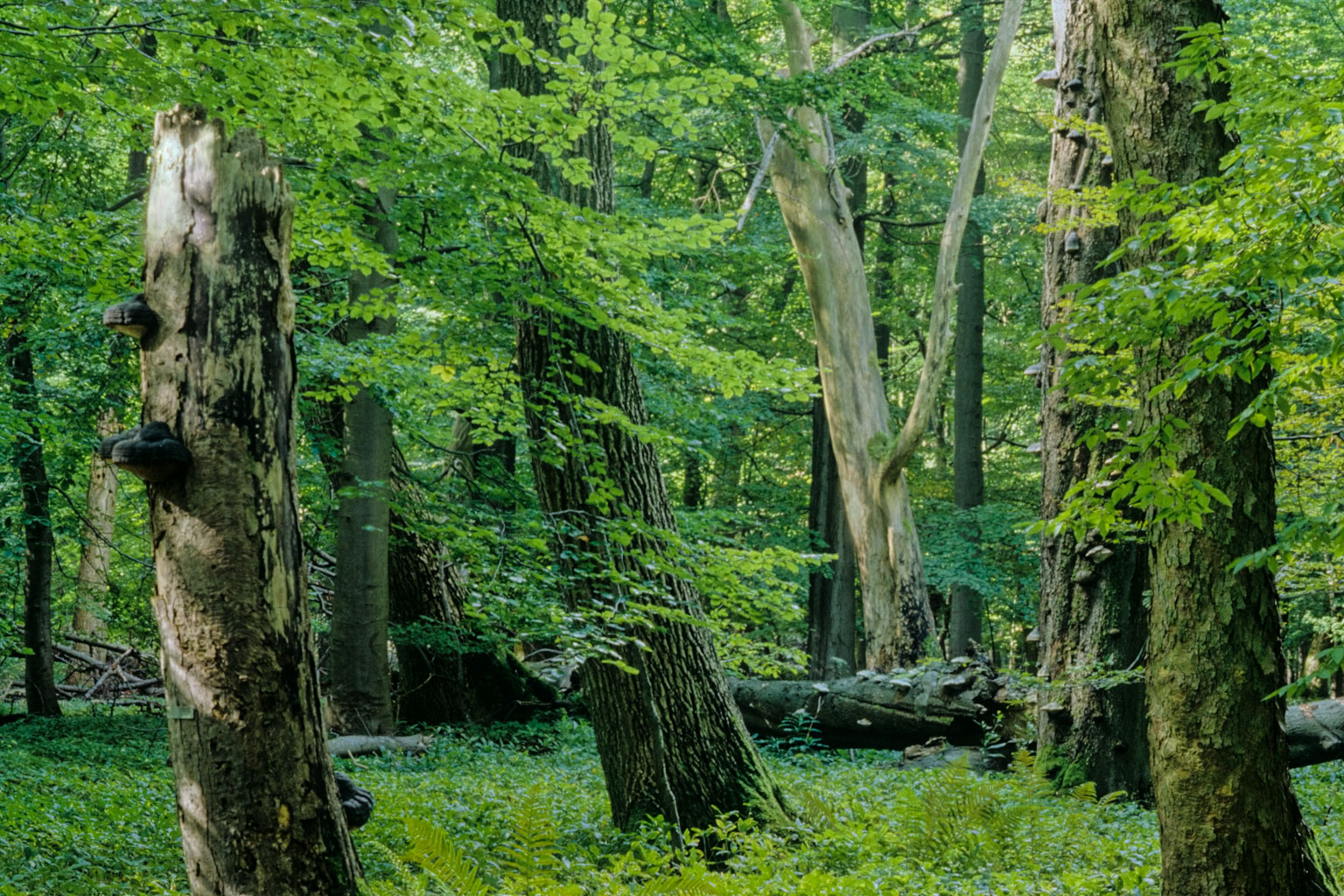Excessive Nitrogen Levels Threaten Forests
Recent research highlights a potential tipping point for forest environments and their biodiversity. Nitrogen accumulation is threatening to change the composition of forests, transforming them into less diverse ecosystems. So far, healthy canopies have helped block out light reaching the forest floor, mitigating the impact of nitrogen accumulation. However, this will change in the face of climate change.
The Dangers of Excessive Nitrogen
Nitrogen poses many dangers to the functioning of a healthy ecosystem. Excessive nitrogen deposition subsequently leads to the leaching of certain nutrients from soil, land acidification and eutrophication. Despite nitrogen deposition being commonplace in many forests, the canopy’s shading effect on the undergrowth limits nitrogen’s effects.
In the undergrowth, generalist plants and specialist plants are found. Generalists are plants that tend to be non-native, can adapt to a wider range of environments and have the capabilities of taking advantage of an increase in nitrogen levels. On the other hand, specialists usually have smaller ranges and are sensitive to changes in environmental conditions. As things stand, current deforestation trends point to an increase in disease and drought, which is likely to result in generalist species dominating and a consequent drop in biodiversity.
Problem of nitrogen deposition: draws certain nutrients out of soil, acidifies land and causes algae to grow in waterways. Nitrogen deposition common in forests but its effects limited by the light coming through canopy. Generalists have facilities to take advantage of extra nitrogen, specialists with small ranges don’t- shaded forests on equal footing- when light comes through then generalists can exploit this nitrogen pollution. Result in loss of specialist species and drop in biodiversity
Forest threatened by accumulated nitrogen pollution. Darkness has subdued effects of nitrogen. But now more like likely to come in due to disease and drought.
Dark-Loving Undergrowth
The reason why we have not yet seen this sharp drop in biodiversity is because darkness has subdued the effects of nitrogen. Here, light is the limiting factor. Reduced light levels limits the effects of the nitrogen deposition. As a result, specialists and generalists are on a level playing field. However, threats to the integrity of forest canopies have become greater in recent years. Drought has killed large spruce populations in Belgium, Germany and France in the last ten years, and broadleaf forests have also been affected by the ash dieback disease. This exposes the undergrowth to light, leading to devastating consequnces.
Forests take up 40% of the EU’s land and are important in many ways. They control erosion and cycle water, and have many economic benefits too. In temperate forests, which make up a large amount of European forests, 80 % of the forest’s biodiversity is in the herb and undergrowth layer. Vital ecosystem functions like Phosphorous, potassium and nitrogen cycling occur here and also the decomposition of tree litter. Many native European tree species are threatened and to exacerbate this situation, foresters want to plant non-native species which come from drier and hotter climates. A decline in mixed native broadleaf forests may result in a loss of current wildlife which may not be able to adapt to the new tree composition.

Value Through Biodiversity
In the context of climate change, the maintenance of this undergrowth of importance. Forests act as a buffer against the broader climate change occurring around them. The shade offered by the canopy, increased evapotranspiration levels, and the ability of vegetation to keep out breezes that mix warm and cold air all help to create a micro-climate within forests that is cooler than its surroundings. This effect is called forest buffering and it has allowed many species to survive in the face of climate change. It gives plants time to adapt to the new climate, but this can not last forever.
Forest biodiversity results in higher productivity, which in turn means higher levels of carbon sequestration. This outlines the key role of native forests in maintaining the world’s biodiversity, and its subsequent role in fighting climate change. Local tree species are better adapted to climate change in the long-term, and if these and their undergrowth are protected, then their biodiversity can help combat climate change. If not, nitrogen pollution will lead to a reduction in the overall biodiversity of forests.









